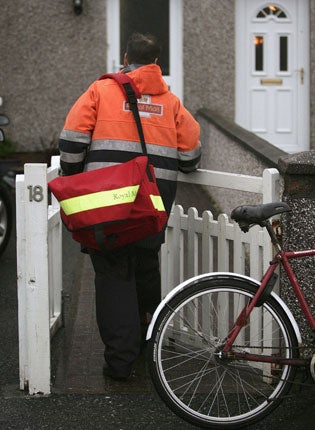Minor British Institutions: the postcode

The postcode is another triumph of pioneering British bureaucracy. Sir Rowland "Penny Post" Hill split London into ten compass-point districts in 1856; the current code took 15 years to arrive after its trial in Norwich in 1959.
Consistent with our other institutions, it is inconsistent, and puzzling to the uninitiated. The first group of three (or four) figures identify the area plus numbered district, while the second gives the sector number (about 300 addresses) followed by the double-letter unit (about 15).
The letters in the first group have a fairly detectable meaning, eg EH for Edinburgh; those in the second group don't, with some exceptions, eg PW (Palace of Westminster) for the House of Lords. Additional uses for the code include heartless decisions (see Postcode Lottery) and social distinctions (Windsor remains outraged under SL for Slough). London NE is fictional: Anthony Trollope got rid of it in his Post Office day job.
Subscribe to Independent Premium to bookmark this article
Want to bookmark your favourite articles and stories to read or reference later? Start your Independent Premium subscription today.

Join our commenting forum
Join thought-provoking conversations, follow other Independent readers and see their replies